Linen is easy to work with and looks fantastic in a range of garments. Make the most of it with these expert tips and tricks.
Linen is perfect for summer garments, as it can help you to stay cool in warm weather. It's made from flax, which is a natural fibre like cotton. It dries more quickly than cotton, but unfortunately it wrinkles more easily.
Linen has a long history – it has been used to make clothes for thousands of years. Today, it's still widely used to make garments and soft furnishings.
If you're new to sewing, we'd recommend reading some of our sewing guides before you get started. Take a look at our sewing for beginners and how to use a sewing machine guides. You can also stock up on sewing supplies with our best sewing machines for beginners and sewing kits for beginners guides.
This guide is published courtesy of Simply Sewing Magazine. Simply Sewing is a practical magazine for sewers of all abilities. It's packed with beautiful projects to sew and expert tutorials to boost your sewing skills.
Read on to learn how to sew with linen…
Pre-wash appropriately
Being a natural woven fabric, linen can be prone to high levels of shrinkage when first washed. To avoid ruining your finished garments with this easy-to-make mistake, launder your fabric before cutting out your pattern pieces, making sure to choose the same method as you'll use on your finished make. For example, if you'll be machine washing your project, do that to the fabric, too. If you plan to hand wash only, do that instead. This should ensure consistent results both before and after you've stitched your creation and minimise shrinkage.
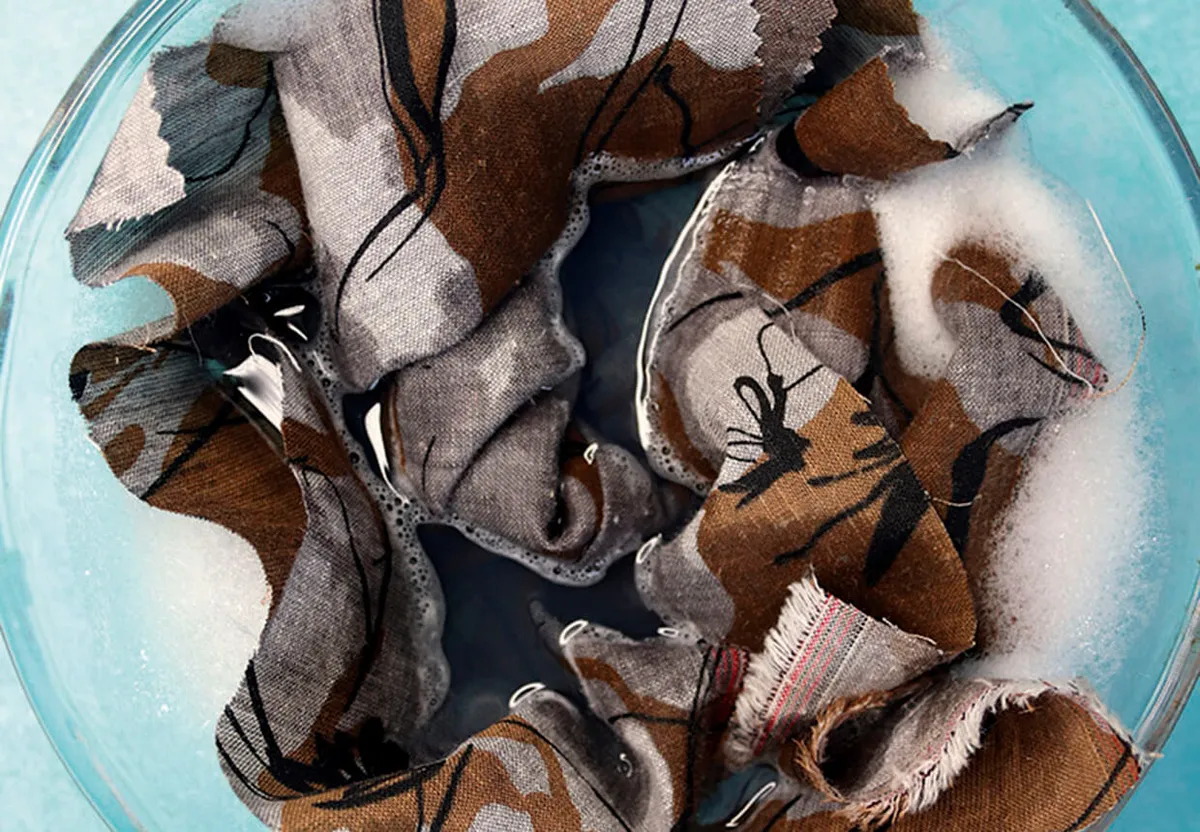
Follow the grain
When working with linen it's particularly important that you follow the grain layout given in your pattern. The grain is the direction in which the warp (lengthwise) and weft (crosswise) threads lay to create the material. How you place your pattern pieces should be the same across the entire project, whether that be straight, sideways, or on the bias. Cutting the pieces in different directions can lead to them warping and stretching and not fitting together properly.
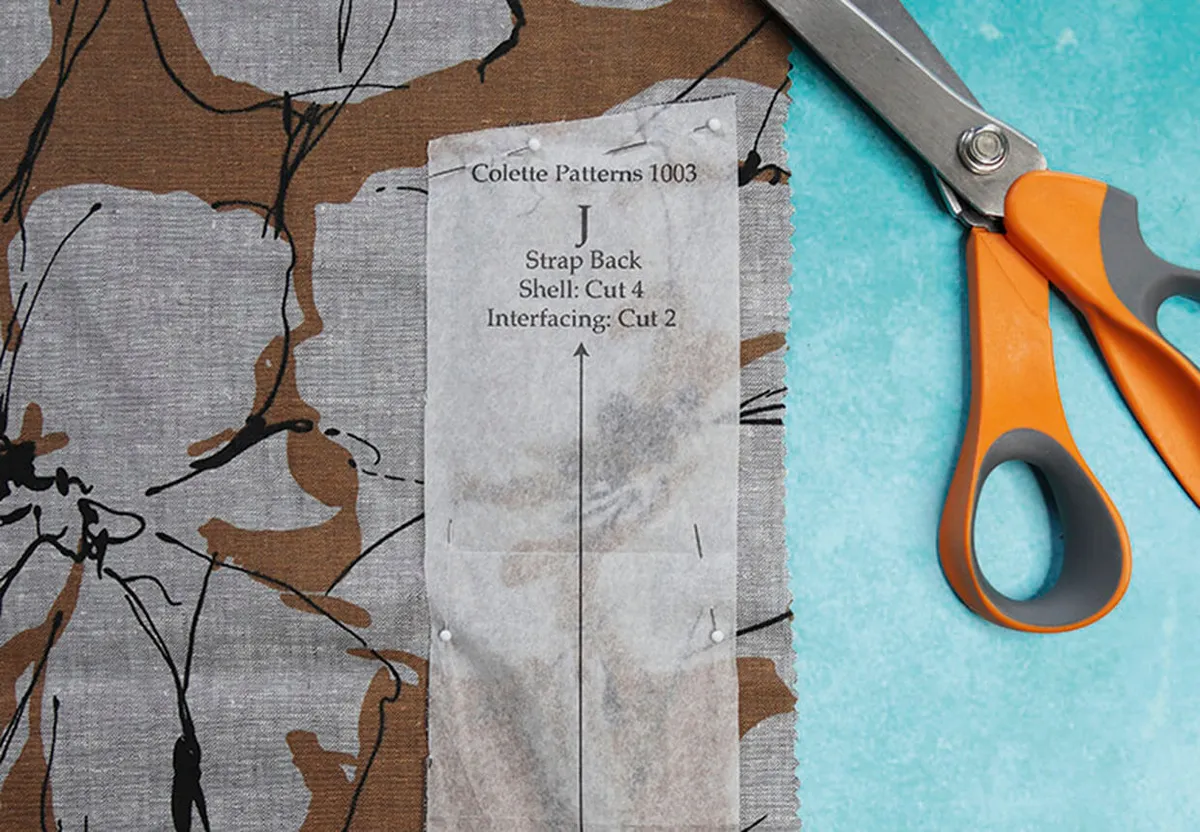
Use pinking shears
Linen frays easily, so it's important to finish your cut edges. The easiest way to do this is to use pinking shears to cut your fabric pieces out – the zigzag edge left behind will be much more hard-wearing than a standard straight cut edge.
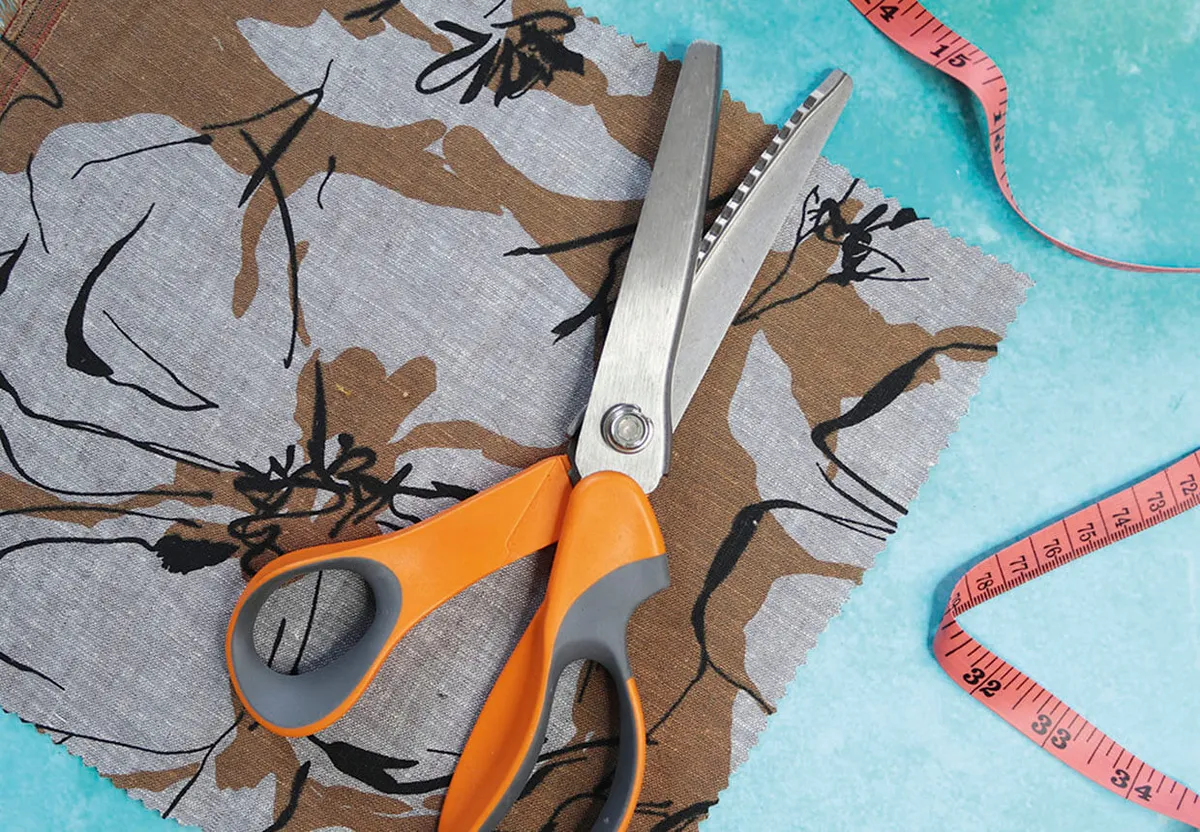
Mark the right side
It's often difficult to tell which side of linen is the right side, so to make the stitching process easier, mark your pieces whilst you're cutting them out. Coloured chalks and vanishing ink pens can damage the fibres of linen, so it's best to use a white chalk to mark the right side, or secure safety pins to denote which side needs to be worked instead.
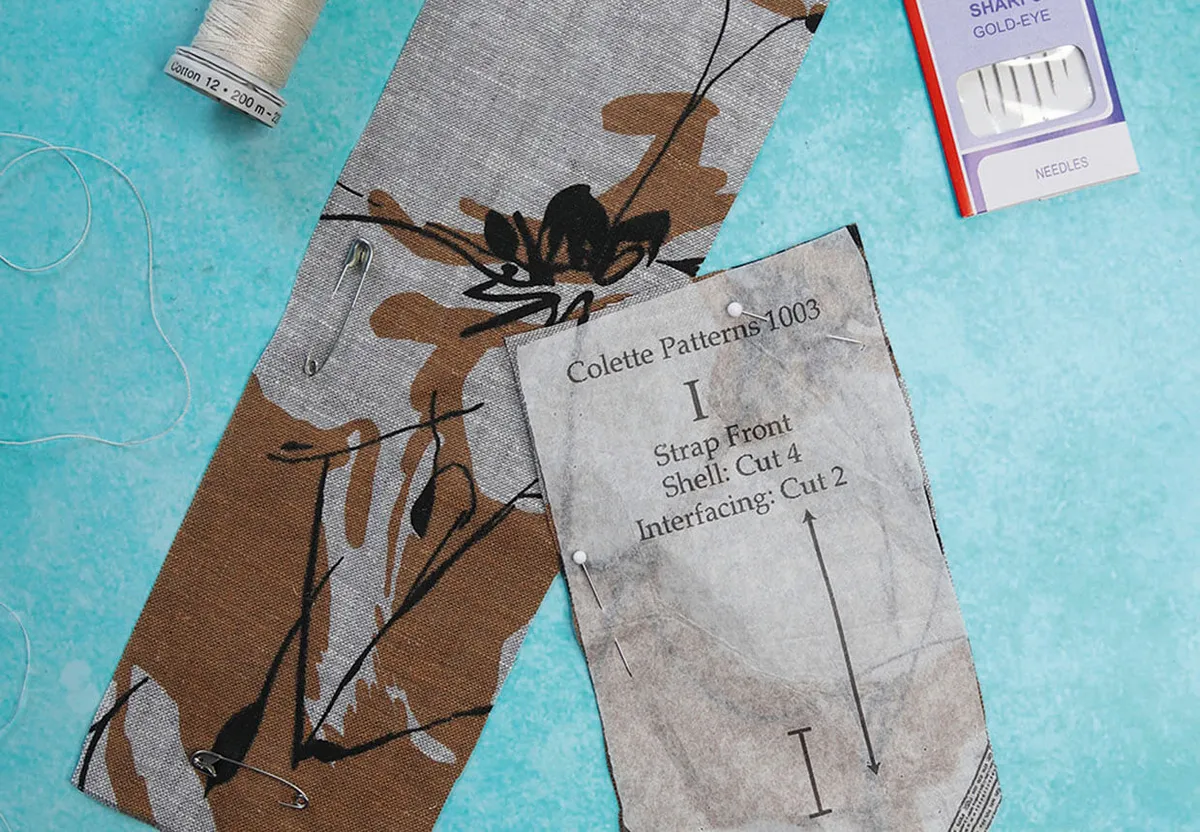
Anything goes
Luckily, linen is fairly easy to handle and sew and almost any needle and thread can be used to create your project. As a general rule universal needles will work well, and using a natural cotton thread which best matches the natural fibres of the fabric will work nicely, too.
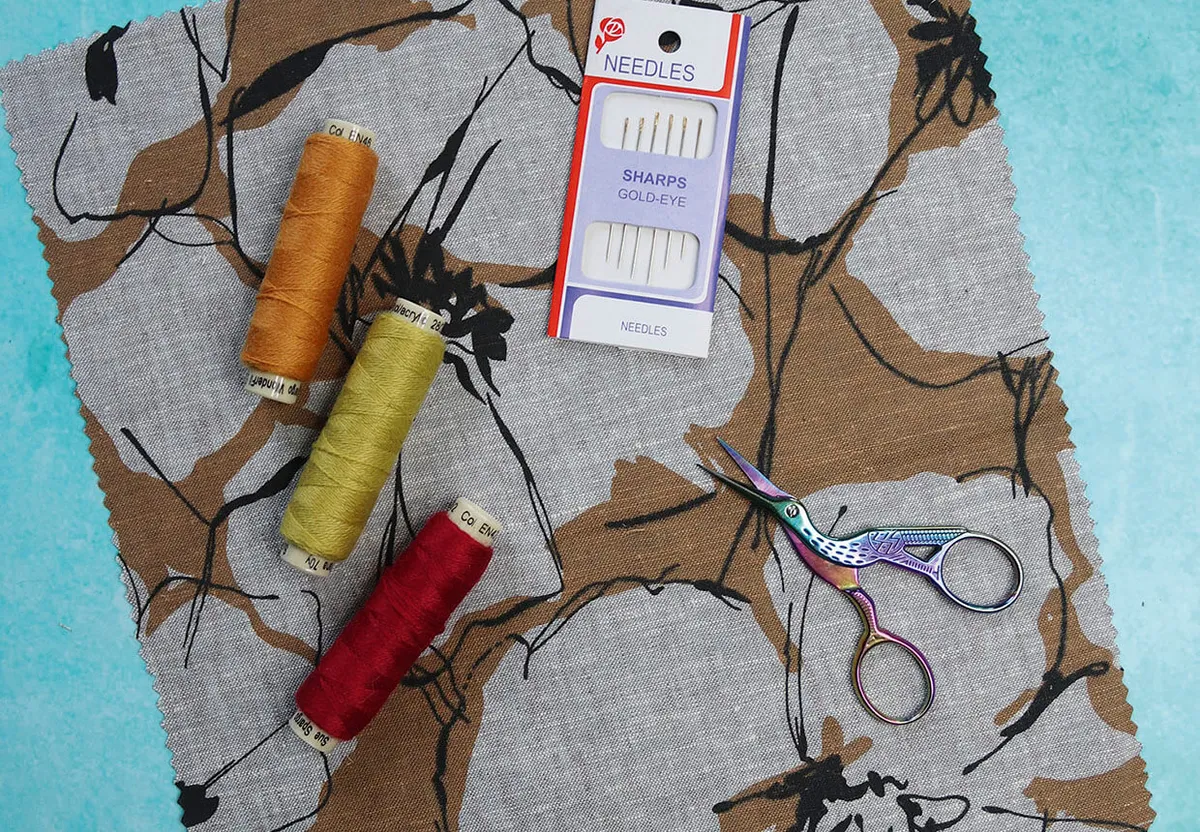
Get topstitching
Linen is great for showing off interestingly shaped and topstitched details, so patterns that feature these additional elements are ideal. Choose contrasting thread to really make the detail stand out, or colour match it for a more subtle finish. Keep the stitches even and flat by testing your machine settings on a scrap of fabric first – you may find you need to adjust your tension.
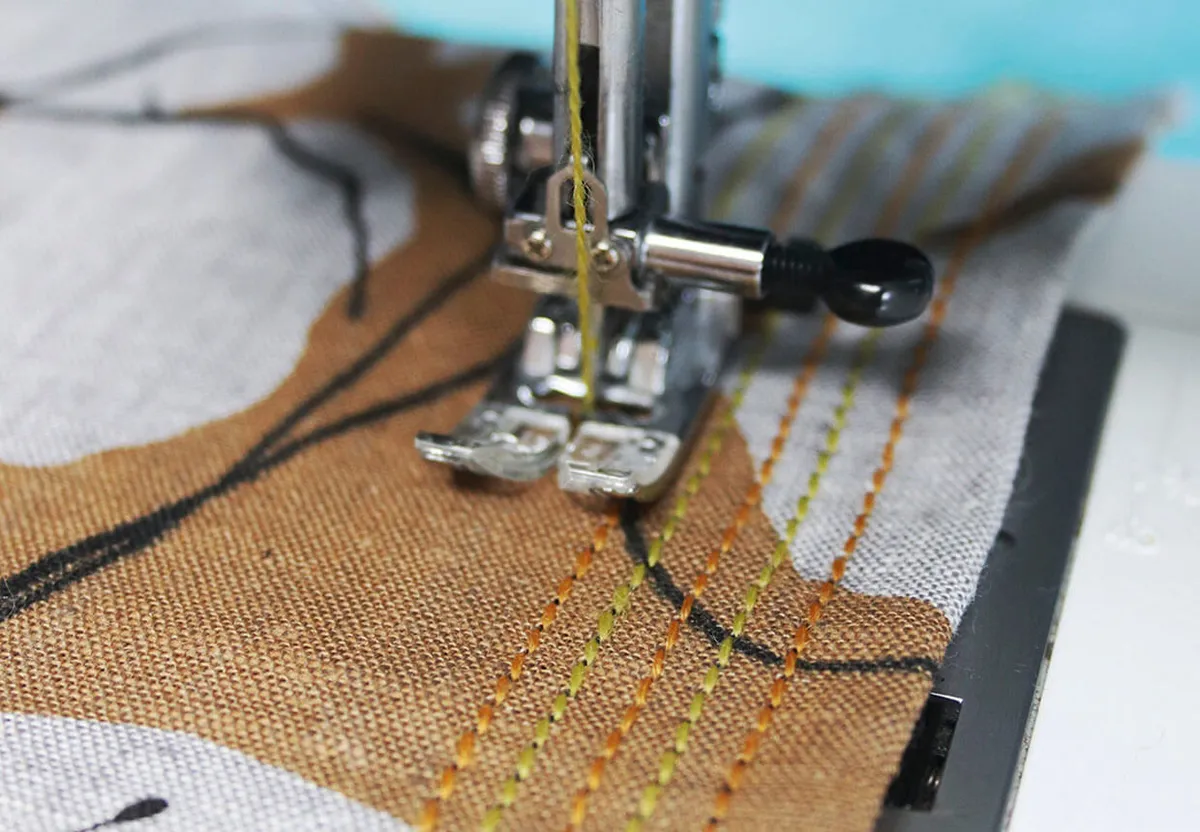
Go French
As previously mentioned, linen can fray a lot once it's cut. Using a French seam to seal and protect the edges of your garment is the ideal way to keep them safe from harm. Using an overlocker is another option that works well, too.
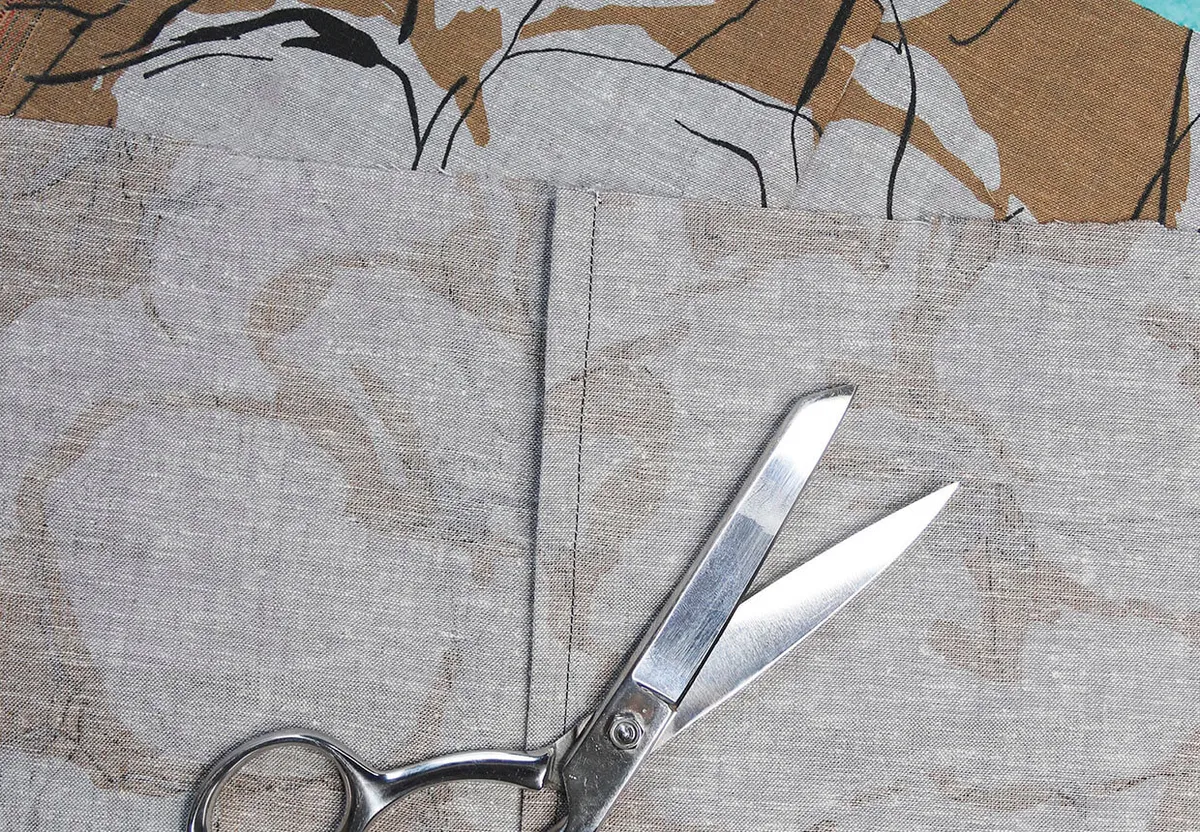
Bind your edges
Using bias tape to bind the edges of your garments is another way to keep them safe from frays and pulls, and it's a great decorative feature, too. It's also a great way to avoid the added bulk of folded hems when working with lightweight linens.
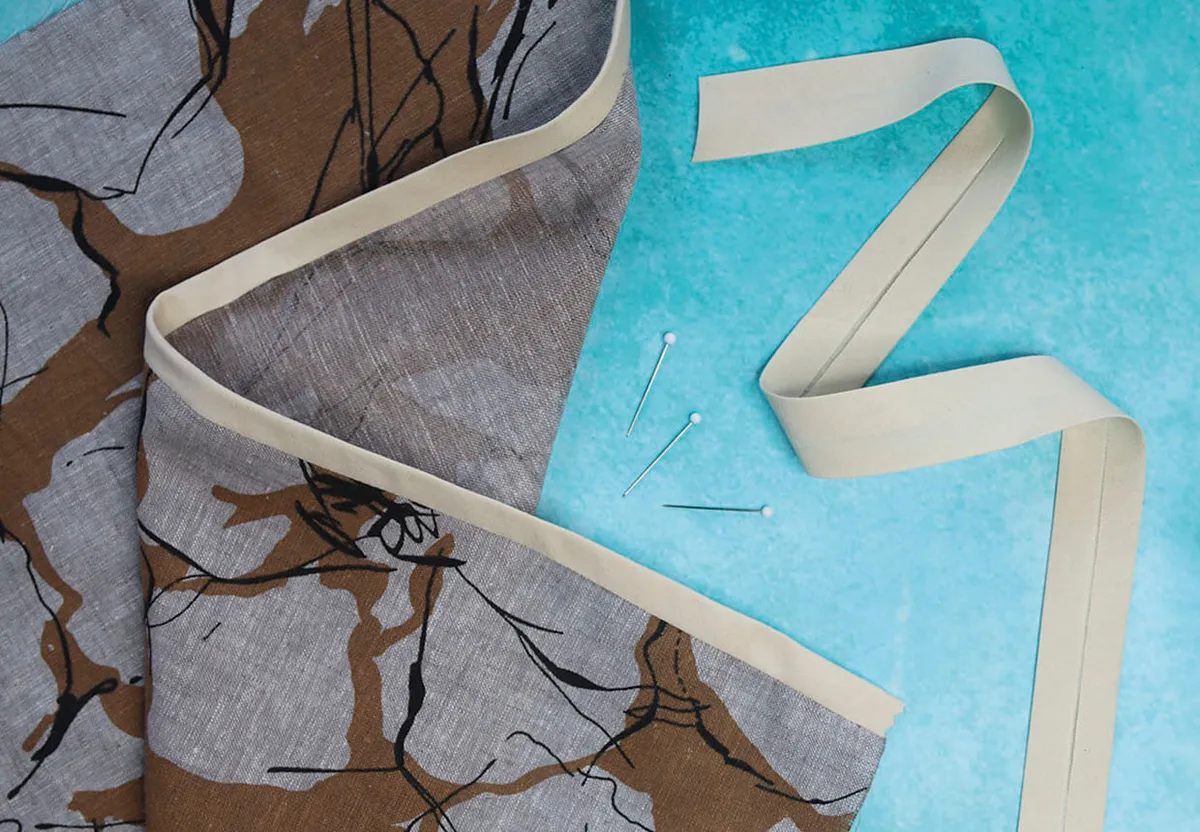
Use pleats
Because it holds creases so well, linen is a great fabric choice for pleated garments. To get the best results, pleats should be folded precisely along the lengthwise or crosswise grainline of the fabric, then basted across the top to keep them in place.
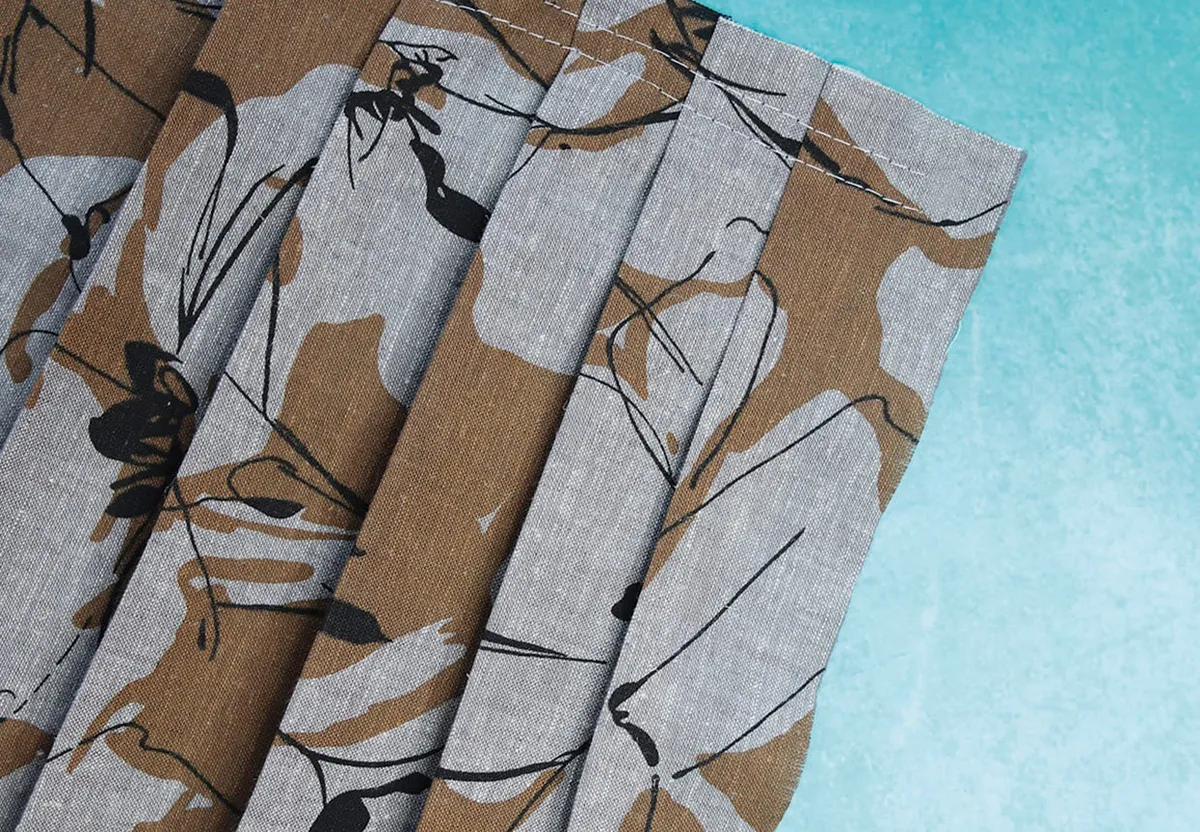
Press with heat
Linen can withstand high heats when being ironed – in fact, the hotter the better for this fabric. To get the crispest results, use a damp pressing cloth between your garment and iron to add a layer of moisture and set in the shape of your garment.
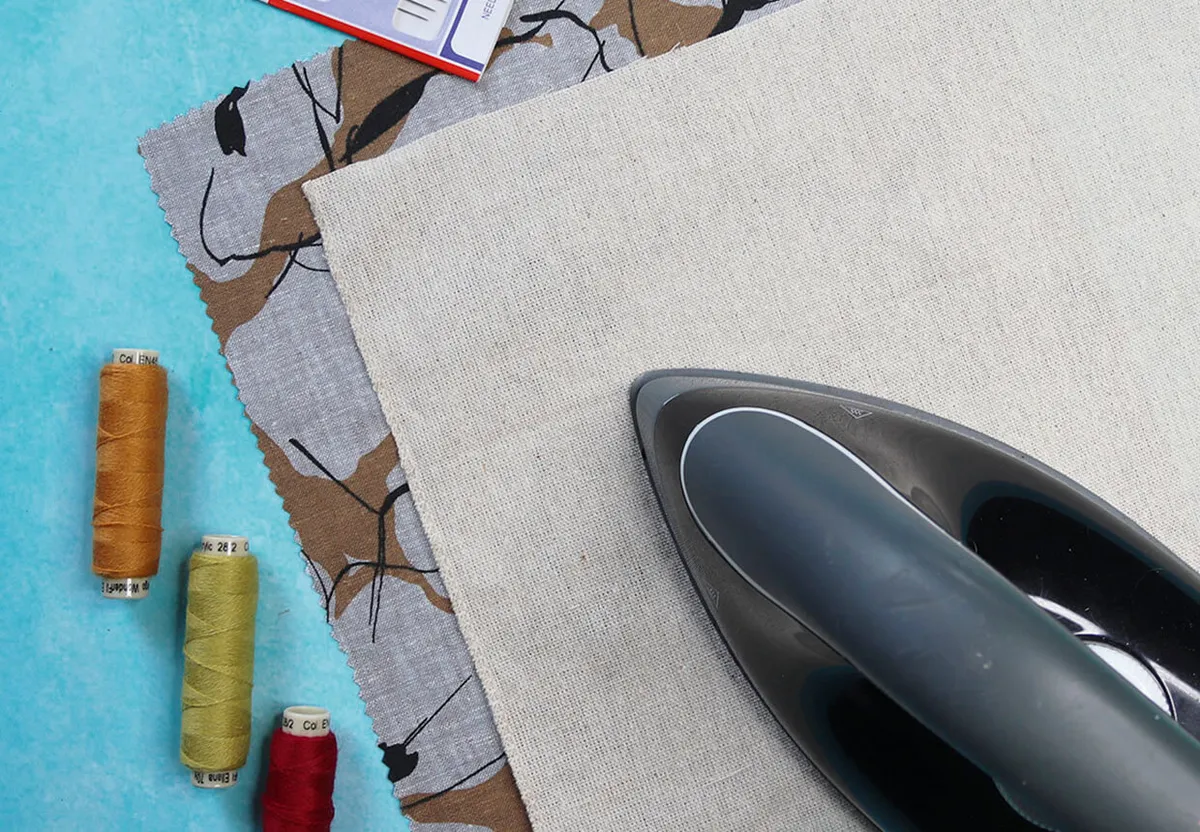
We hope you found this how to sew linen guide useful! Good luck with your next linen sewing project.
